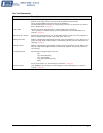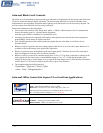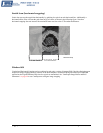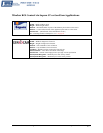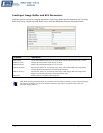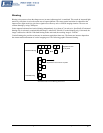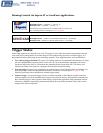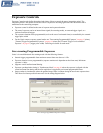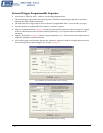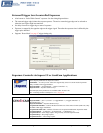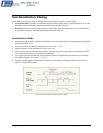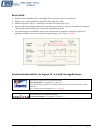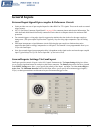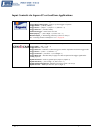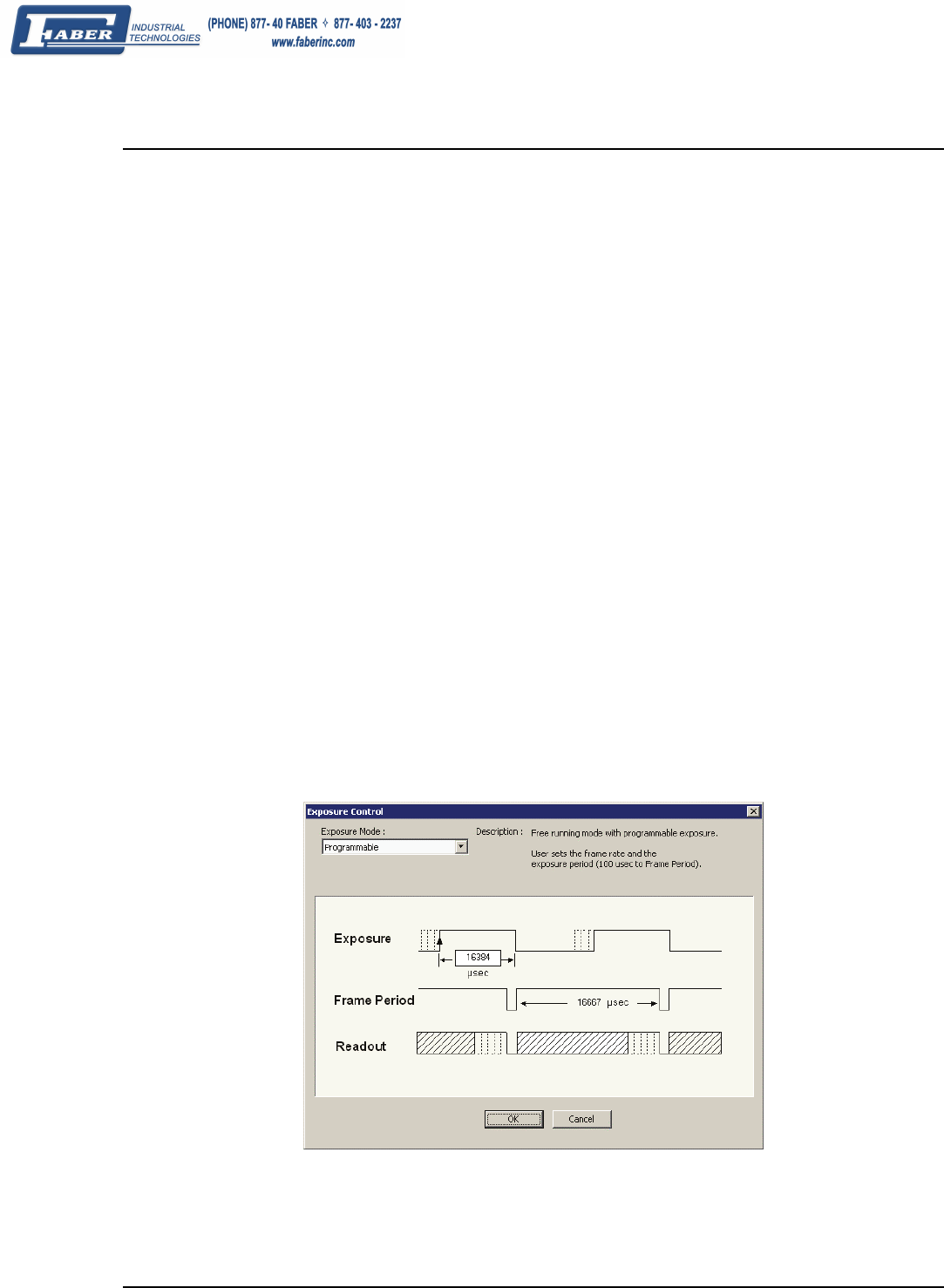
Genie Monochrome Series-GigE Vision Camera Operational Reference • 43
Exposure Controls
Exposure Control modes define the method and timing of how to control the sensor integration period. The
integration period is the amount of time the sensor is exposed to incoming light before the video frame data is
transmitted to the controlling computer.
• Exposure control is defined as the start of exposure and exposure duration.
• The start of exposure can be an internal timer signal (free-running mode), an external trigger signal, or a
software function call trigger.
• The exposure duration can be programmable (such as the case of an internal timer) or controlled by the external
trigger pulse width.
• For the Genie camera, exposure control modes are "
Free-running Programmable Exposure" on page 43 (timer),
"
External Trigger Programmable Exposure" on page 44 (timer) and "External Trigger Level-controlled
Exposure" on page 45 (trigger pulse width). Following are details for each mode.
Free-running Programmable Exposure
Genie is in a multifunctional free running mode with the following features:
• Internal trigger programmable from maximum sensor frame rate down to 0.1Hz.
• Exposure duration is user programmable (exposure maximum is dependent on the frame rate). Minimum
exposure is 100µs.
• Supports vertical and horizontal binning.
• Exposure synchronization timing is "
Synchronous Mode" on page 46 where the exposure is aligned with the
sensor horizontal line timing and the next acquisition is triggered by an internal programmable timer.
• Image readout is simultaneous where the grabbed image frame is readout during the next frame exposure time.
This allows for fastest possible frame rates. See the timing diagram below.
Free-running Programmable Exposure Timing



